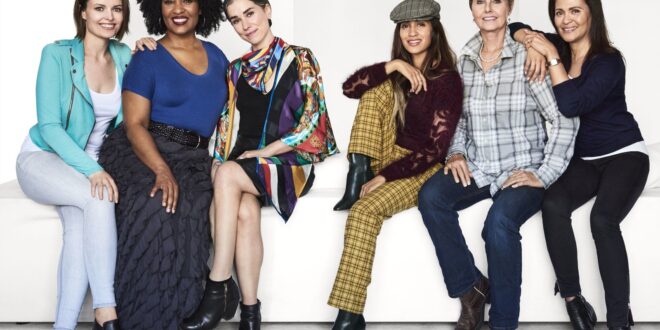In 2004, personal care brand Dove launched its “Real Beauty Campaign.” The advertisements featured women who “weren’t professional models” and were “different ages, sizes, ethnicities, hair color, type or style,” according to the brand’s website. Leading with the statement, “Beauty is for everyone,” Dove has since grown from a worth of $200 million in the 1990s to over $4 billion today.
Initially, Dove began their narrative by producing billboard advertisements that showcased “regular” women, printed with a checklist that invited viewers to vote if the model was “Wrinkled or Withered” or “Fat or Fab,” for example. This way, Dove connected itself to millions by attempting to address common insecurities within their appearance.
Through Dove telling the story of uplifting their customer base, they saw a significant increase in revenue. Part of a brand forming an emotional connection with its supporters is being able to craft a story to sell it better. The public looks for a part of a brand to resonate with, as it needs a reason to buy into something. A significant part of public relations is bonding and making a brand memorable and intriguing. Storytelling helps PR professionals form an emotional connection with their audiences.
Dove following this narrative through their unique advertisement techniques in the early 2000s helped establish their brand identity and made them more memorable. The brand trying to divert itself from other companies said to be “profiting off of insecurities” made it unique. By bringing the stories of these uniquely positive messages into its advertising, Dove established their reputation with the public by building trust and making itself memorable.
While the company showed overall success and positive reactions to the campaign, it did receive critique and provoked strong responses. In 2014, a Reddit user in the r/changemyview community wrote, “Although everyone should be confident in their skin and should never dislike who they are, I don’t think it’s okay to accept being overweight…” Other users responded to the post by sharing how they thought the point of the ad wasn’t to encourage an unhealthy lifestyle but instead that one should still love themselves even if they aren’t what society deems “the standard” for beauty, which is unconventional for personal care companies. Another user responded, “Yes, the campaign’s purpose is to *gasp* sell more products.”
Part of Dove’s technique was bringing in “real” people, which added to its narrative by making it seem more reachable to people buying its products. Customers often take pride in knowing companies support the same values as them. By challenging the other beauty companies by arguing that they profit off women’s insecurities, the campaign drew attention and sparked emotion in its audience. By fueling conversations about empowerment and creating a story that drew in its customers, the “Real Beauty Campaign” remains one of the most successful.
 SIU PRSSA Southern Illinois University Public Relations Student Society of America
SIU PRSSA Southern Illinois University Public Relations Student Society of America




